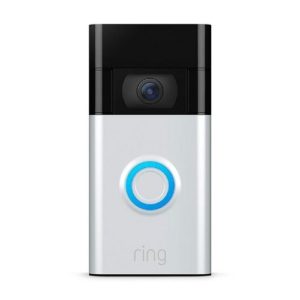Yes, as smart devices, video doorbells need an internet-connected (and working) Wi-Fi connection to properly operate. Wi-Fi is how all of the smart features work, from two-way audio to video and push notifications.
Aside from Wi-Fi, video doorbells also need some form of power to function. The Wi-Fi part comes from a nearby router or mesh Wi-Fi system; the stronger the signal, the better the chance of seamless video and audio interfacing at the highest available fidelity. Meanwhile, the power part comes from either a rechargeable battery pack, solar panels, or existing doorbell power wires, depending on the brand and what’s available at your home.
In terms of range, video doorbells can see anywhere from a couple of metres in front of them up to 15-or-so metres. A longer range may sound better (bigger numbers are all the rage), but it may also cause privacy issues for your neighbours. Basically, you may run afoul of state or territory laws, so contact the relevant Attorney-General’s Department for more information if you’re concerned about this.
Field of view (FOV) is also worth factoring in, with the better-known brands offering video doorbells with FOVs somewhere between 155 and 180 degrees. While range applies to the distance and depth of what you can see, FOV is all about the width of your view. In fairness, the FOV doesn’t have to be overly wide as video doorbells are designed for people to stand directly in front of them, but larger FOV numbers do offer additional front-of-home security options.

